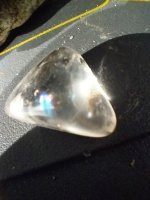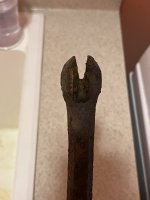AlaskaAng
Sr. Member
- Dec 23, 2004
- 300
- 9
- Detector(s) used
- White's XLT, MXT Pro, Garrett AT Pro Max
- Primary Interest:
- All Treasure Hunting
Thought this would be a good place to start. I was stationed at Seymour Johnson AFB from 96-2000 and met a guy named J. Jones who put me onto a small CW site. I found a conf. script I button and an eagle button at this location. I've since moved away and lost contact..I origianlly found him on Tnet but don't recall his userId.
Thanks in advance for anyone who may know of him or his userID
AlaskaAng
Thanks in advance for anyone who may know of him or his userID
AlaskaAng
Amazon Forum Fav 👍
Upvote
0





